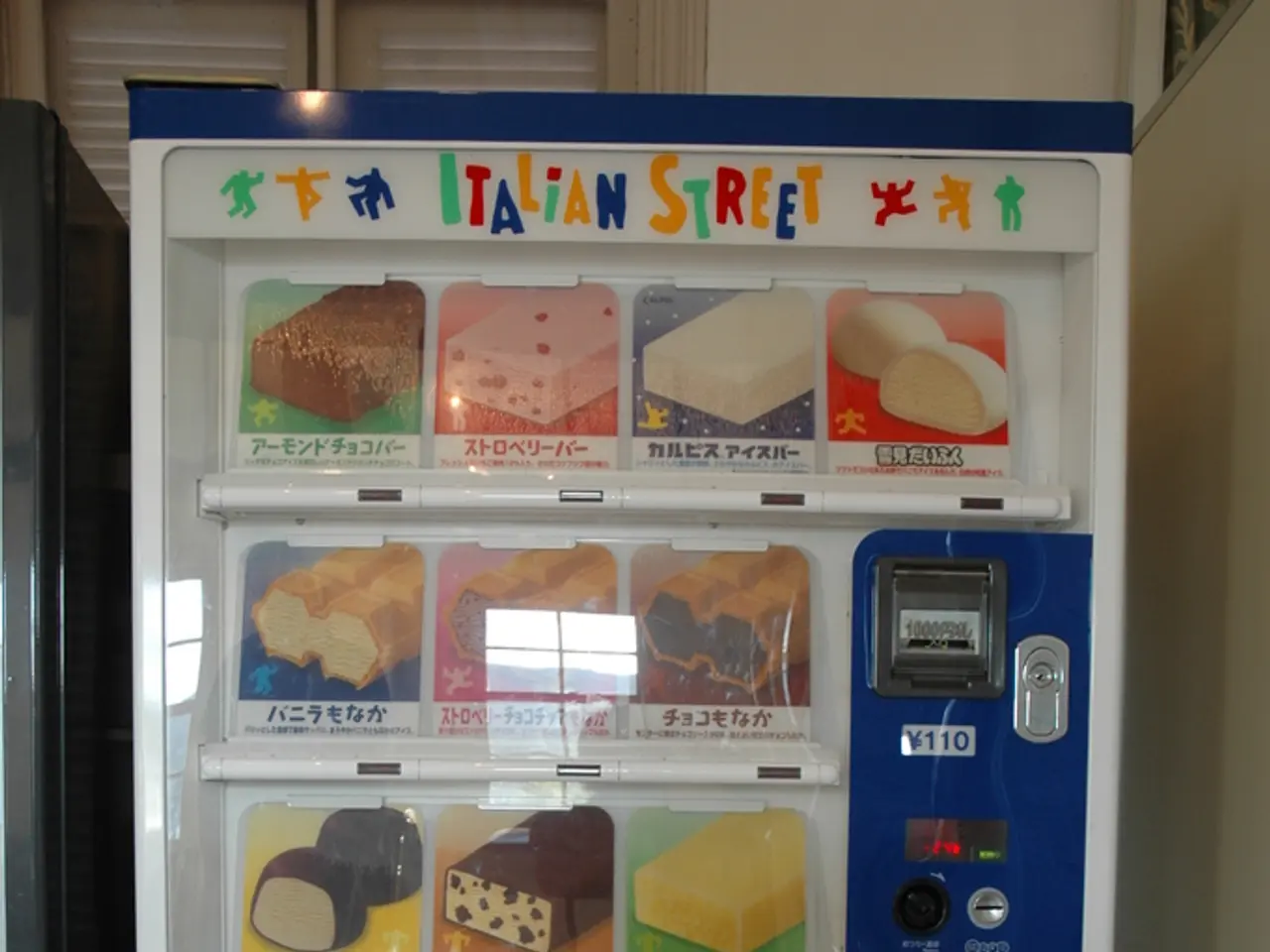Missteps Frequently Encountered in Surface Mount Technology (SMT) Applications
Surface Mount Technology (SMT) has revolutionized the electronics industry with its advantages over traditional through-hole mounting. This modern approach allows for higher component densities, faster circuit speeds, and better high-frequency performance. However, SMT also presents unique challenges, particularly in the realm of solder joint issues. Two common errors, solder bridging and electrical opens, can significantly impact the reliability of SMT components.
Solder-bridging, or electrical bridging, occurs when solder connects two conductors that should not be electrically connected, causing electrical shorts. On the other hand, electrical opens occur when two electrically connected points become separated, or an area on the Printed Circuit Board (PCB) that interrupts the intended design of the circuit.
To combat solder bridging, several strategies can be employed. Firstly, careful solder mask design is crucial. Solder mask openings should be slightly smaller than the copper pads, creating solder mask dams between pads that act as barriers to prevent excess solder from flowing between adjacent pads.
Secondly, controlling solder paste volume is essential. This involves ensuring the stencil apertures for solder paste printing are accurately sized and well-aligned, and using solder paste with an appropriate viscosity. Low-viscosity solder paste tends to spread too much during reflow, increasing the risk of bridging.
Thirdly, process control and inspection are vital. Implementing Solder Paste Inspection (SPI) before reflow can help detect deviations in paste volume or placement, allowing corrections before soldering.
For high-density components like Ball Grid Arrays (BGAs), technologies such as Via-in-Pad, where vias are resin-filled and plated over, improve soldering reliability and prevent solder ball blowout that could lead to bridging.
Regularly calibrating pick-and-place equipment to maintain precise component placement within ±0.01 mm is another key strategy. Accurate placement reduces misalignment that could contribute to bridging.
Electrical opens, on the other hand, can be caused by several factors, including component lead coplanarity and insufficient solder on the joint. To prevent this, it's essential to ensure that solder paste is in contact with both the lead and the pad during reflow.
In addition to these strategies, avoiding solder paste clogging in the apertures of the stencil, preventing solder paste's interaction with moisture and humidity, and maintaining appropriate environmental conditions during the manufacturing process are all crucial in maintaining a robust SMT process.
By implementing these strategies, electronics manufacturers can create reliable SMT joints without unwanted bridges between SMT pads, ensuring the continued success of this innovative technology.
References: [1] Smith, J. (2020). The Fundamentals of SMT. I-Connect007. [2] IPC (2017). IPC-7711/7721 Solder Mask Definitions and Requirements. IPC. [3] IPC (2017). IPC-7525 Via-in-Pad Technology. IPC. [4] IPC (2017). IPC-7552 Pick-and-Place Equipment Calibration. IPC.
In the manufacturing industry, implementing strategies such as precise solder mask design, controlling solder paste volume, and utilizing Solder Paste Inspection (SPI) before reflow can mitigate the issue of solder bridging in Surface Mount Technology (SMT). On the other hand, preventing electrical opens necessitates ensuring solder paste is in contact with both the lead and the pad during reflow, and maintaining clean stencils to prevent solder paste clogging. These steps play a significant role in improving the reliability of SMT components and the overall success of the technology in the finance-driven technology sector.




